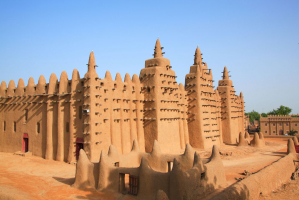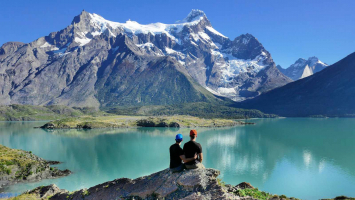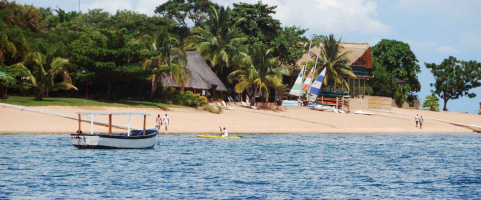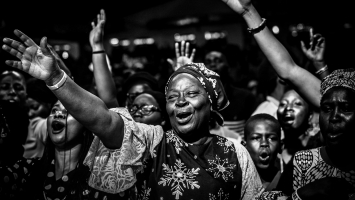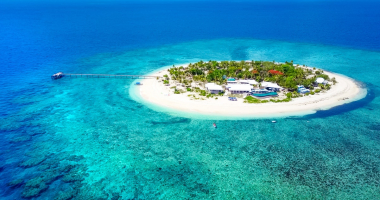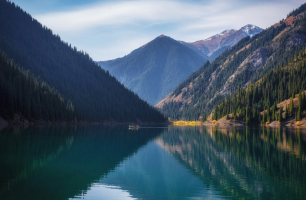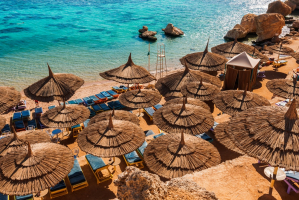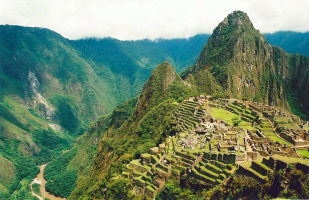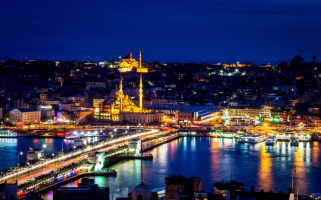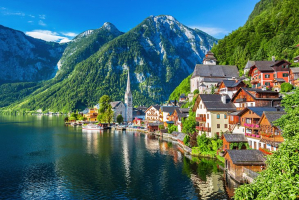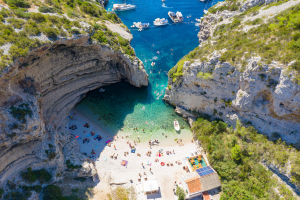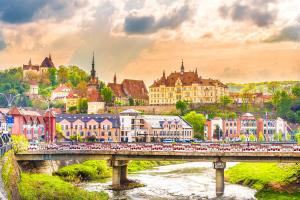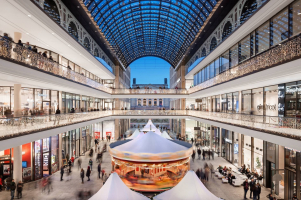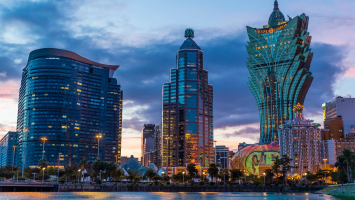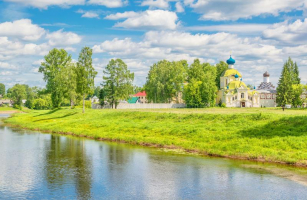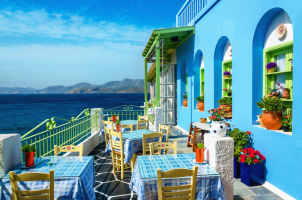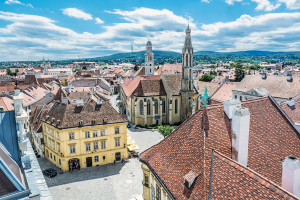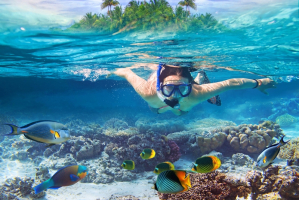Top 12 Things About Bangladesh You Should Know Before Traveling
Bangladesh is regarded as one of the world's least-known tourist destinations. It was due to a lack of marketing, insufficient media attention, a lack of ... read more...experience, and living in the shadow of India and Myanmar. If you are intending to visit this country, here are 12 things about Bangladesh you should know.
-
There is a location in Dhaka where words cannot adequately describe its vibrancy. Sadarghat water fornt is what it's called. From the Mugul times until the present, it has always been one of the main sites of travel for people. To travel to the harbor, go in the afternoon when the boats start hiring and people start boarding. Small distance ships go from here to Chandpur all day. In the afternoon, special boats depart towards the Barisal area. Despite the fact that Barisal is one of the reasons, canals remain the most comfortable, affordable, and enjoyable mode of transportation.
As a result, it is constantly crowded in the afternoon. You should come in the afternoon. Please do not miss the boat tour on the Burigonga River when you arrive at the river dock. Hundreds of boats cross the river every second, and tourists claim that this was how London used to be. Enjoy the sunset on the boat before continuing your journey before dark. It will be one of the most enjoyable ways for you to appreciate the city's business and take thousands of lifestyle photographs in Sadarghat.
How to Go: Dhaka to Sadarghat by car, bus, or train and then country boat.
Best Time to Visit: Afternoon
The duration of the visit is 1–02 hours.
Travel advice: boats are very small, so sit in the middle and don't put your hands in the conders because during boarding and disembarking time, it can clash with other boats. It is advisable for those who are physically fit because you have to bend your legs.youtube.com 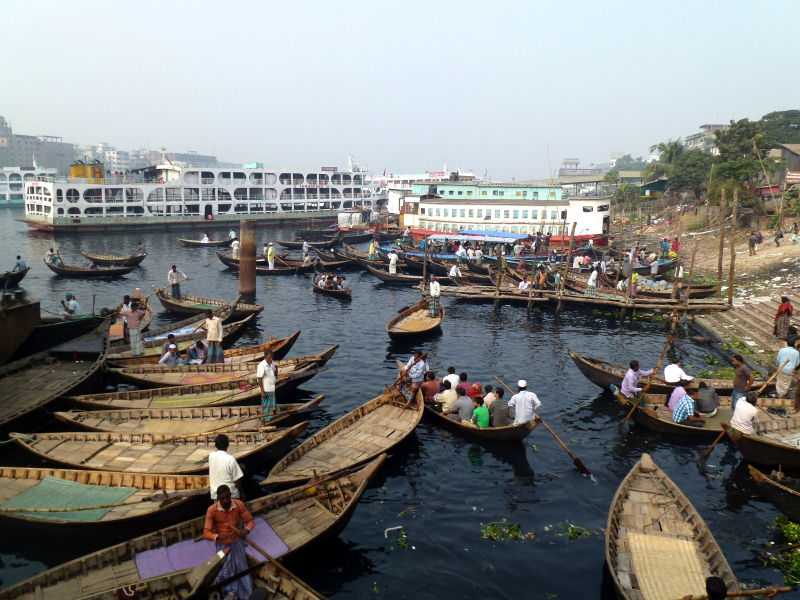
commons.wikimedia.org -
Dhaka was originally known as the "City of Mosques." Azan's wonderful voice may be heard on every street. However, as the days passed and more and more people began to flock to Dhaka, economic shifts occurred. People discovered that a little eco-friendly mode of transportation known as a "rickshaw" is the most popular mode of transportation for people of all ages. Dhaka has become well-known for its gorgeous and creative modes of transportation, and it is now known as the Rickshaw Capital of the World!!! Every day, around 500,000 rickshaws circulate on the streets.
While taking one of them in old Dhaka, you will get an unforgettable experience of Dhaka's actual life. Because the streets are simply created, cars cannot travel on most of them, but rickshaws can. So it brings you right into the heart of Dhaka life. It's really comfortable, and it's now part of society. The paintings behind the rickshaws are also worth seeing. It is worth seeing and taking a ride because it usually depicts the movie life and flowers with brilliant colors.
How to Go: Dhaka to Old Dhaka by car, bus, or train and then take a rickshaw.
Best Time to Visit: Any time of the year.
The duration of the visit is 1–02 hours.Travel advice: two people in a group and fix the rate before boarding the rickshaw.
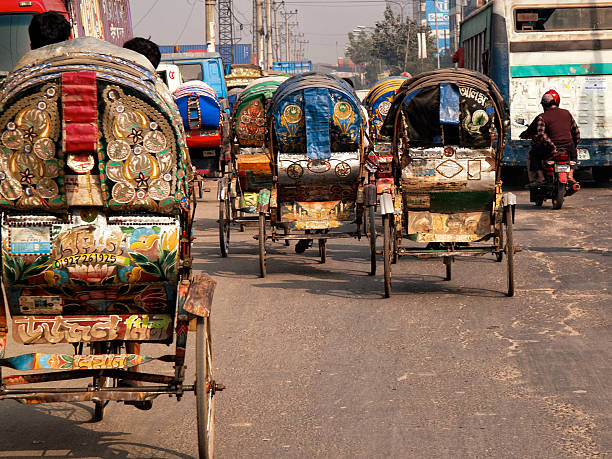
istockphoto.com 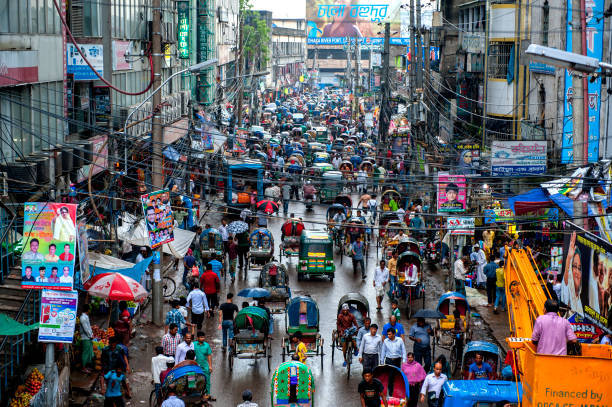
istockphoto.com -
The modern parliament building in Bangladesh's pride. It is regarded as one of the world's most distinctive examples of contemporary architecture. In many respects, visiting the great work as a regular visitor was impossible. However, with a valid passport and visa, anybody can now visit the building during the official house hours of 10:00 a.m. to 4:00 p.m. The entire design is geometrical, and an artificial lake that reflects the light within adds intrigue.
The core assembly is shaped like an umbrella and is located on a single bim. As a visitor, you are not permitted to carry your camera or any other electrical equipment; even purses must be stored in the safety box. Even from the outside, going around the lake provides you with It is definitely one of the things about Bangladesh you should know before traveling.
How to Go: Dhaka to Tangail is by car, bus, or train, and then take locally hired transport.
Best Time to Visit: Any time of the year.
The duration of the visit: 1 day
Travel advice: this is one of the very special places in Bangladesh where you can go camping, enjoy the stars in the darkest, attend cultural programs, etc. No luxury accommodation can be provided. Rooms are well decorated; hot water; no internet; air conditioning in a few rooms.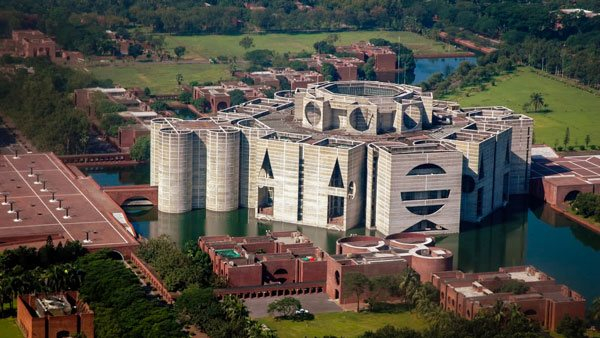
nijhoom.com 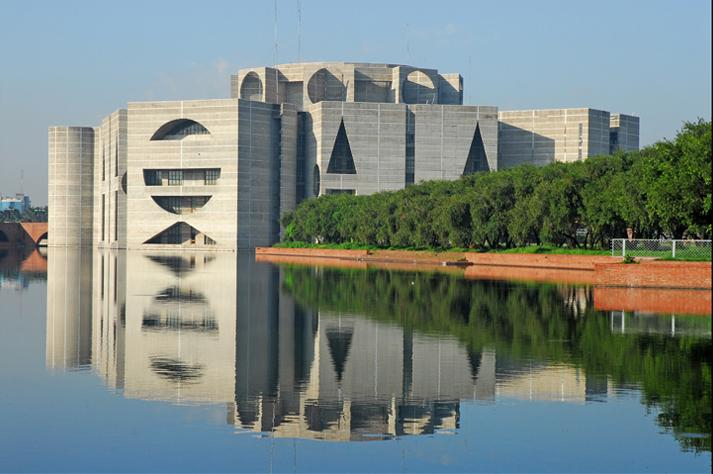
travelandexplorebd.com -
Tangail is on Dhaka's northeastern outskirts (78km). Tangail is a well-known hamlet for handloom weaving, with virtually the entire community producing Tangail sarees. Tangail Sari is highly popular among females, and you may witness the entire procedure. In addition to Tangaile handcraft, nearby villages have traditional craftsmanship such as jewelry manufacturing, which is most popular near the markets, then traditional pot making villages or pottery villages. Before ceramic or plastic items, Bangladeshi people used to utilize clay pots for everything. The most exquisitely ornamented Atia mosque, erected in 1607, is one of the primary attractions in the area. You may visit by local transportation, walking, or cycling. A half-day cycling trip through the village route is unusual in that you can view the people and lifestyle and cycle on a paved road amid the beautiful paddy fields. It is best to come in the afternoon or early morning because local markets in villages are only open in the morning or late afternoon.
Another allure is organic farming. The local group is also linked to the global seed bank, and they presently run the world's largest community-based seed bank. The group is named UBNIG, and they have recently developed a facility where people may stay overnight or participate in the research program. Since the 1990s, they have been associated with the weaver's community, establishing schools and having their own factories where you can view the organic dying program. In addition, you can view the seed bank, which is one of the few sites in the hamlet where jacket weaving is practiced. At meals, they provide all the traditional food to their guests, as well as all species of oil, and everything is grown organically and presented in traditional clay pots. These are the venues where you can also eat a typical Bangla breakfast and learn how to prepare Bangladeshi curry. Other activities such as village homestays, farming, and so on are also available.
How to Go: Dhaka to Tangail is by car, bus, or train, and then take locally hired transport.
Best Time to Visit: Any time of the year.
The duration of the visit: 1 day
Travel advice: this is one of the very special places in Bangladesh where you can go camping, enjoy stars in the darkest, cultural programs, etc. No luxury accommodation can be provided. Rooms are well decorated; hot water; no internet; air conditioning in a few rooms.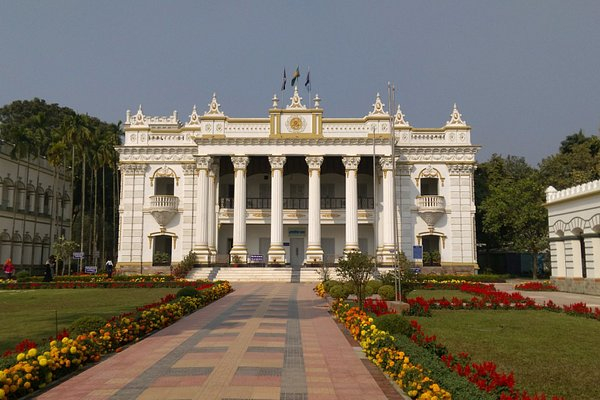
tripadvisor.co.nz 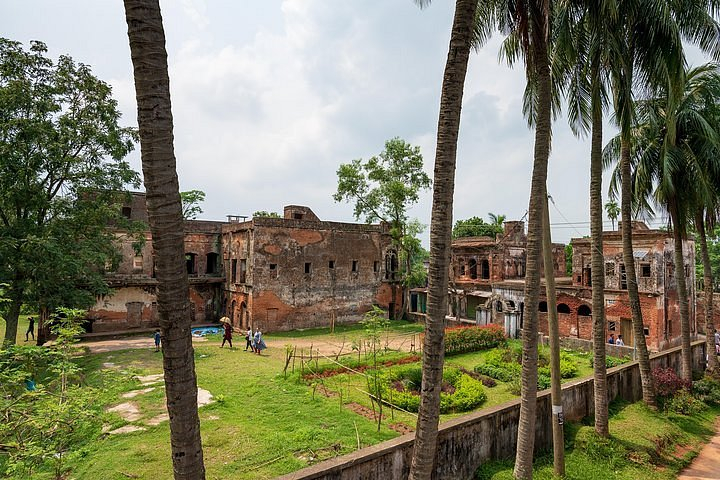
tripadvisor.co.nz -
Floating markets are one of the things about Bangladesh you should know before traveling. Bangladesh One of the most recent areas of research is Asia's largest floating market site, known as the Barisal division, in Bangladesh's southern metropolis. Geographically, this is because it is near the shore and is surrounded by huge rivers all around. Therefore, in these rivers, channels, and distributaries, people have done tradition by small boat since ancient times, mainly during market days.
There are at least six markets open on various days of the week, some for fruits, some for vegetables, some for rice specifically, and others for a variety of other items. The early portion of a boat journey through the narrow waterways is more intriguing. You may observe the true Bangladeshi way of living. Also, ideal for photographs, Hundreds of more boats is arriving in the marketplaces for sale and purchase. You attempt to close a high spot to obtain the greatest market moments, and in the afternoon you may go on a backwater journey like the South Indians.
How to Go: Dhaka to Barisal by car, bus, boat, or train, and then take locally hired transport.
Best Time to Visit: Any time of the year, but monsoon or post-monsoon is the best time.
The duration of the visit: 1 day
Travel advice: bring an umbrella and an extra battery for the camera.youtube.com youtube.com -
The Paddle Steamer, or Rocket Steamer, is the name of a type of steamer established by the British during the nineteenth century, but it is still in use in just two places: the Mississippi River in the United States and the southern portion of Bangladesh. These paddle boats, which were once the principal mode of transportation, connect hundreds of small and large districts and subdistricts with the capital. It retains its traditional appearance, and the engine is merely replaced by a generic engine, but the shape and facilities are nearly the same. It departs Dhaka in the evening and cruises to Moralgong overnight every day. It will pass across the Ganges-Brahmaputra delta, passing via Chandpur, Barisal, Hularhat, and Moralgong. It will return the same route, beginning from Moralgong at 09:30 a.m., and is highly recommended for tourists who want to view the river and the lovely countryside while sitting on the balcony.
You may witness a lot of fishing, people coming in and out of the boat, erosion, lifestyle, and even roam about inside the boat and meet a lot of people. There are air-conditioned first and second-class cabins. First-class is highly recommended for travelers, and the baranda provides the finest view of the river's activity. Tea and coffee are always available, and freshly cooked food is also offered. The room is tiny yet tidy.
How to Go: Dhaka to Sadarghat boat station by car or bus, local transport
Best Time to Visit: Any time of the year. Friday from Dhaka and Sunday from Moralgonj are the days off.
The duration of the visit: 1 day and 1 night
Travel advice: there are only five to eight first-class cabins on the boat, so you have to buy the ticket well in advance. Tipping is suggested for inside and outside the boat. Food can be purchased on a boat. No alcohol is served on the boat.youtube.com 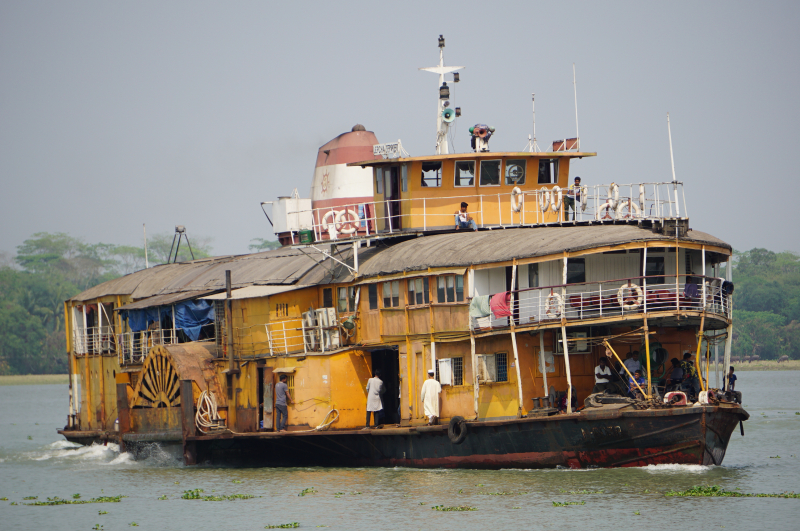
hungryonion.org -
Bangladesh is a lovely nation in Southeast Asia located in the Ganges-Brahmaputra delta, near India and Myanmar, and rich in art, craft, culture, and heritage. It was recently ranked as the world's eighth happiest country. Bangladesh Eco Adventure Design the Festival Tour allows you to travel and experience the true Bangladesh (Rash Mela Festival & Rakher Upobash). Bangladesh is well-known for its traditional festivals, one of which is the Rash Mela. Approximately 50 thousand people go by boat to attend this festival. It occurred on Dubla Island, a small island near the Bay of Bengal within the Sundarban mangrove forest. It's a makeshift island where fishermen dry fish for six months until the monsoon arrives. Around 200 years ago, they were the first to begin worshiping and commemorating this event. This is definitely one of the things about Bangladesh you should know before traveling to this country.
The manner in which the islanders celebrate the event is distinctive. Originally a celebration for villagers and adjacent villages, it has since grown to become one of Bangladesh's most popular. The number of tourists attending the festival grows each year. It will be held between the 4th and 5th of November this year, depending on the lunar and forest departments. Aside from the festival, you may visit the world's largest forest and participate in forest activities, as well as intriguing fisherman communities and many more.
The duration of the visit: 3 days 3 nights
Starts from Khulna- on 20 November, Evening
Back to Khulna- 23 November, Evening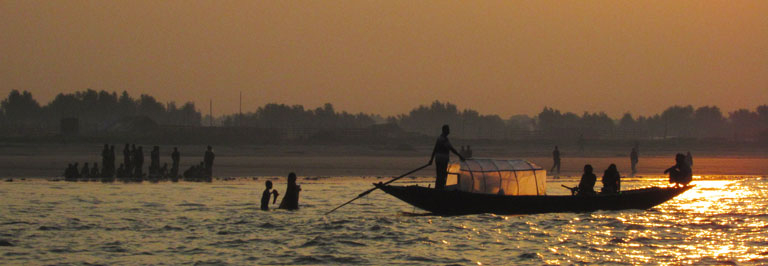
pugmarkbd.com 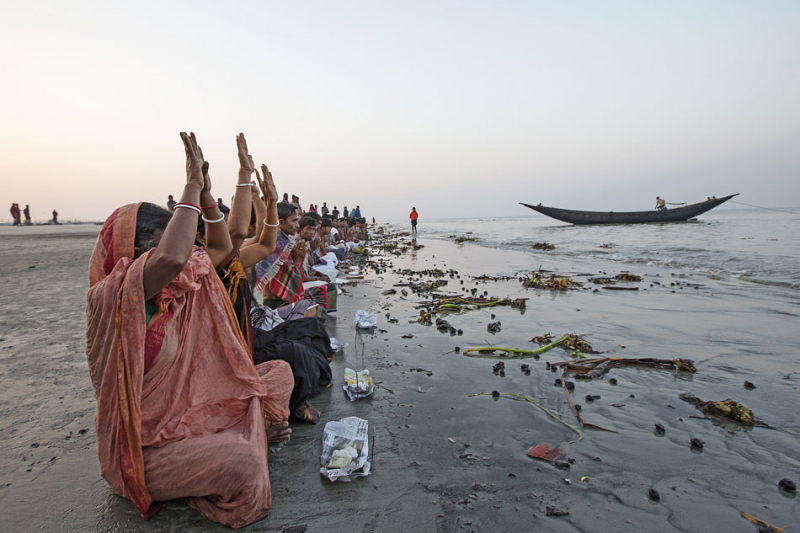
tusharphoto.com -
Sangu is the primary river that flows between the Bandarban and Meru hill ranges. This is the least inhabited location in the most populous country. There are around 12 separate indigenous groups living in an area of 4000 square kilometers, and this wild, mountainous river is their main supply of water. To reserve or utilize the water, some locals walk two to three kilometers up and down, carrying plastic bottles in baskets. In the afternoon, the riverbank becomes a gathering spot for many types of individuals.
Even though the markets are near to the river, people come by boat from a long distance on market days. It's a rare opportunity to learn about the Bandarban hill tribes' way of life. A walk along Sangu's riverside is an unforgettable experience. While strolling, you can observe people crossing the river simply by walking because the water is not deep; little children are jumping in the river; some are fishing; others are washing all of their house clothes, and yet others are enjoying baths. Please do not photograph any women bathing throughout your stroll because they do not expect to be videotaped while bathing. The sunset over the Sangu River is very spectacular.
How to Go: Dhaka to Chittagong by car, bus, train, or flight and then take local private transport.
Best Time to Visit: Monsoon season from May to October. There is water in the forest and boating is possible.
Duration of the visit: half a day
Travel advice: Please bring your raincoat or umbrella, mosquito repellent, and weather forecast.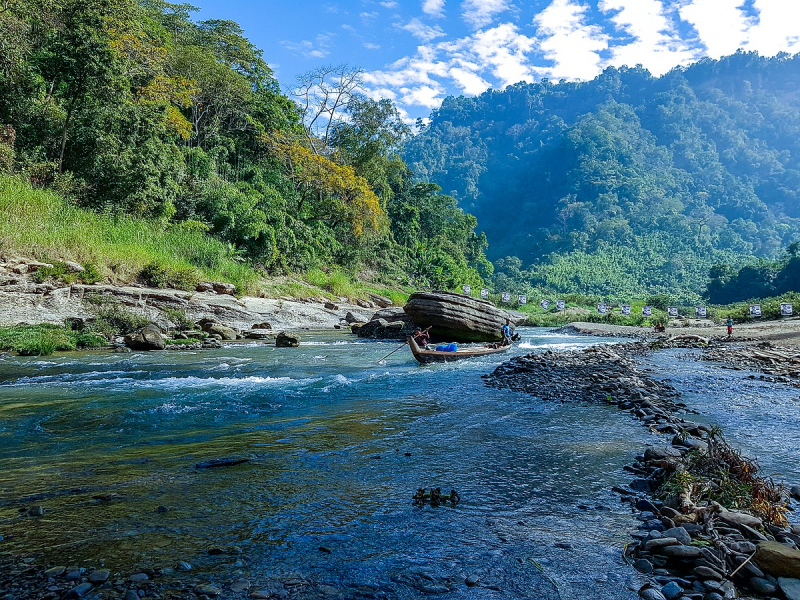
en.wikipedia.org 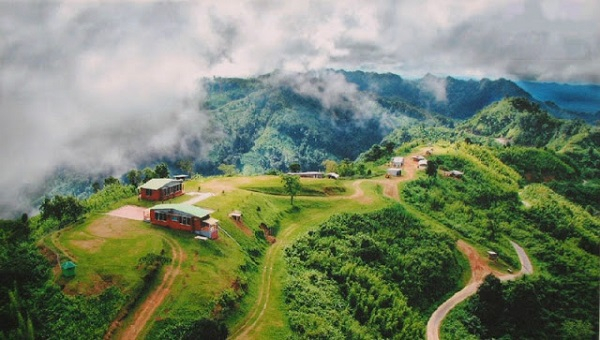
chokkortours.blogspot.com -
Ratargul swamp forest is found in the Sylhet area of northwest Bangladesh. This is quite popular with both local and foreign tourists. This region, surrounded by Meghalaya hills and bordering India, is also regarded as the wettest portion of Bangladesh, and one of the most recent discoveries is a sweet water swamp forest. This sweet water swamp forest is around fifteen kilometers from Sylhet and is one of the few in the country.
The best time to visit the forest is during the monsoon and post-monsoon seasons from May to October. You must first travel by car and then take a small, locally made tourist boat. The most unique part of the forest is in the southern part, where you can get the reflection of the trees, enjoy the amazing silence, and see wildlife such as monkeys, squirrels, different types of birds, and snakes. They can be spotted while fishing or boating, and on a sunny day, beautiful landscapes can be seen. Visiting the swamp forest is one of the things about Bangladesh you should know before traveling.
How to Go: Dhaka to Tea Captial Sylhet is by car, bus, train, or flight, and then take locally hired transport.
Best Time to Visit: Monsoon season from May to October. There is water in the forest and boating is possible.
Duration of the visit: half a day
Travel advice: Please bring your raincoat or umbrella, mosquito repellent, and weather forecast.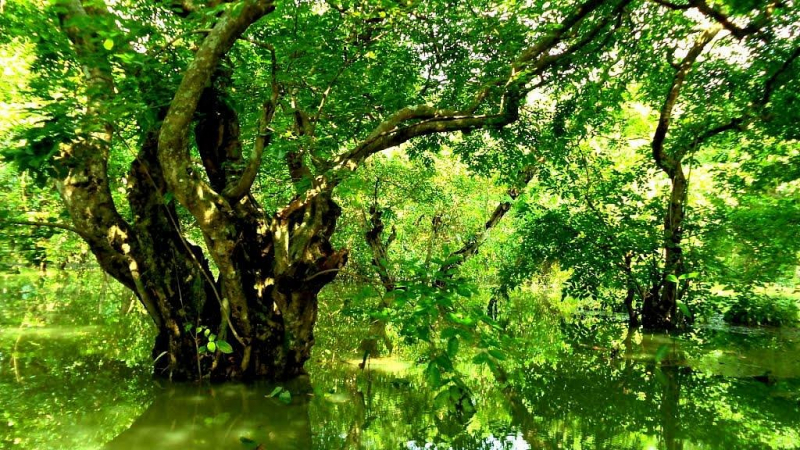
en.tripadvisor.com.hk 
bdsearcher.com -
Shitakunda Shipbreaking Yard in Chittagong is one of the largest shipbreaking yards in the world. Many people are unaware of its existence, but it is currently banned from within the plant. It was initially created with approximately 40 kilometers of shoreline along the Bay of Bengal before their independence. The ship-breaking business grew quickly as a result of low labor costs, geographic position, and government illiteracy. The environment is the primary issue confronting the ship-breaking sector. The most serious hazard to the neighborhood forests is the toxic and gas emissions from those. All of the manual crashing and dismantling puts people's lives in danger due to a lack of proper protection. Many employees were killed or had body parts amputated in accidents, and compensation was little.
When they drive through the region, they can see dread and menace in the eyes of the residents. The factory is no longer accessible from the inside, although the ship's yard may be seen from the outside by boat. There are usually 50 to 60 boats on the shore, and you can observe how they operate while risking their lives while cursing in the river. This restricted location is a popular destination for tourists and photographers.
How to Go: Dhaka to the business capital Chittagong is by car, bus, train, or flight, and then take locally hired transport.
Time Visit: Please avoid visiting during any storm or in June, when you have a high watermark in the river.
Duration of the visit: half a day
Travel advice: please bring your raincoat/umbrella, life jacket, and weather forecast. It is suggested not to interview any local people before starting the trip and not show the big camera at the beginning.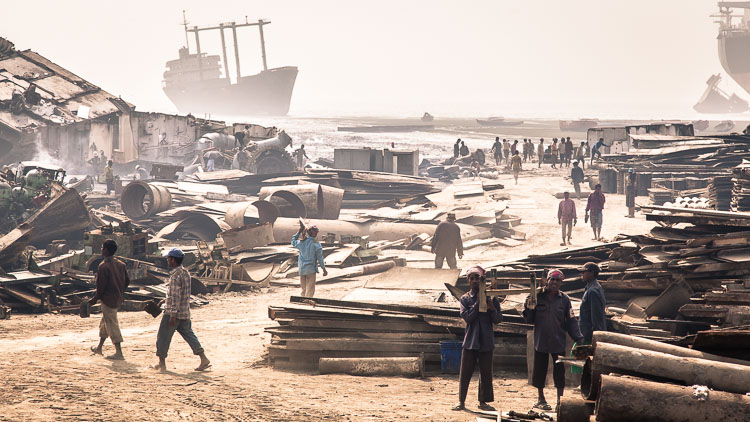
offbeattravelling.com 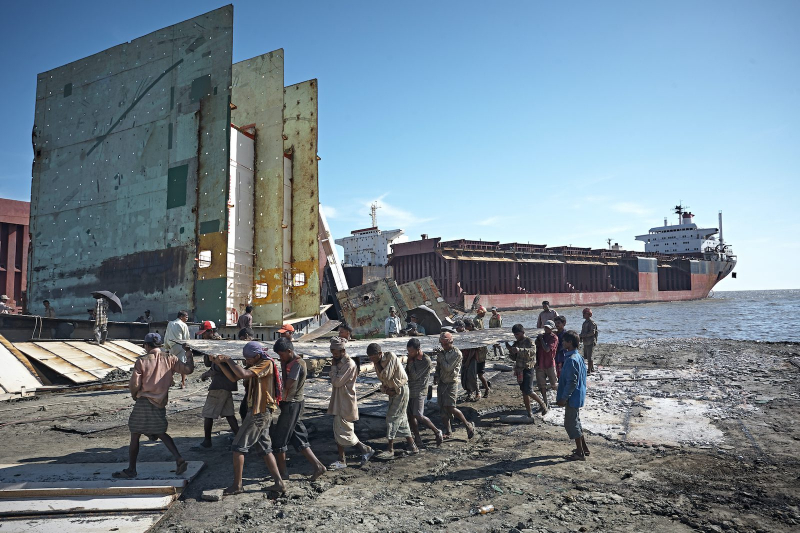
gcaptain.com -
Destination Bangladesh is straightforward and uninteresting for those who have never met the nicest people on the planet; certainly, Bangladeshis are among the kindest, caring, hospital-able, and gentle people you will ever encounter! In comparison to the neighboring nations, they have the Taj Mahal and mountains, but they do not have people like us. People in Bangladesh regard tourists as guests and are proud if you greet them. People in Bangladesh constantly want to be in your photos, and you will be blown away when you show them to them. In Bangladesh, especially in the rural areas, people are impoverished by modern standards, yet when you bring people to their homes, you will witness how they embrace you. Bangladeshi folks are among the first mentioned in any blog on hospitality.
When you visit a family, they will serve you the greatest meal and bring you a chair with an honest and pleasant grin. Life might be different in different parts of the nation, from the plains to the hills to the sea, but friendship is always present. If you wish to visit a nation that has not been spoilt for visitors, where people are not greedy or swindling tourists, the word Bangladesh will come first. People here ask visitors to take their photographs. Generally, Bangladeshi people are very friendly, but in front of the camera sometimes they are shy, especially women. Visiting their first starts with a greeting. Gradually, you can get familiar with them, and they will allow you to take as many pictures as you want. Whenever you take their pictures, just show them some pictures and you will see the smile on their faces. Nowadays, people will also ask you for a selfie.
Best Places to Meet: Foreign tourist numbers are very low, so whenever a tourist visits, people just follow them to see how they are, what they do, where they are at, etc. They meet them in local markets, villages, and tourist locations almost everywhere!
Best Time to Visit: Any time of the year.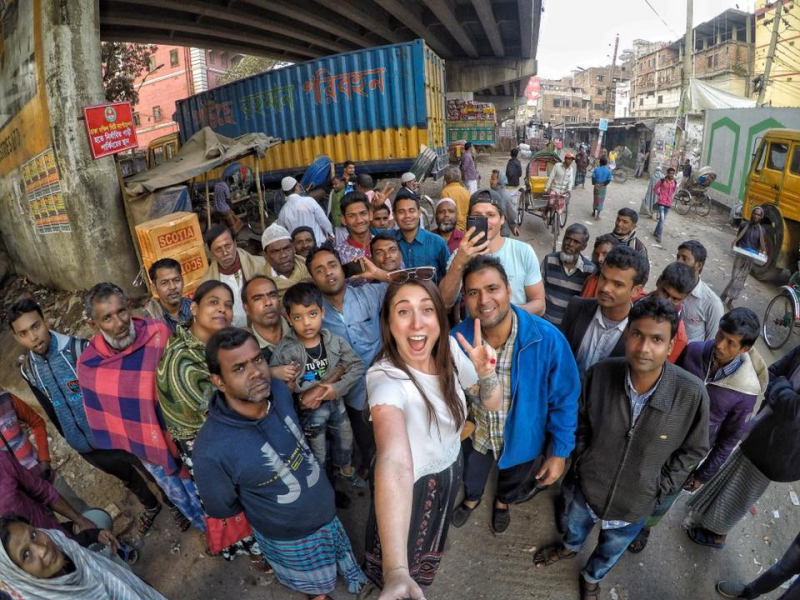
coffeewithasliceoflife.com 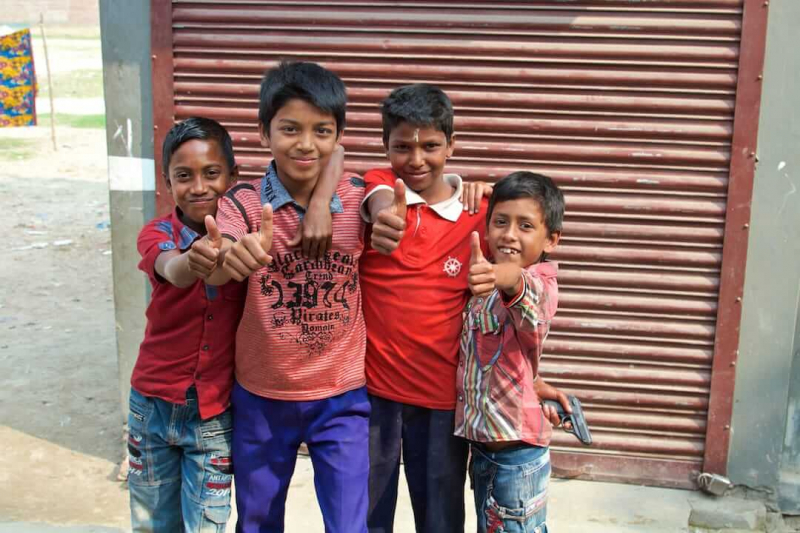
kathmanduandbeyond.com -
Many countries have their own unique cuisine. Unfortunately, no such formal proclamation of national cuisine exists in Bangladesh. However, it is not difficult to guess. There is a well-known statement about Bengalee identity that states, "মাছে ভাতে বাঙালি." This literally means "Fish and Rice Make a Bengalee." And certainly, the statement is correct. The majority of Bangladeshis eat rice and enjoy it. Bangladesh is one of the countries that produces the most paddy each year. Despite having a population of over 150 million people, Bangladesh has attained rice self-sufficiency. Needless to say, there are few Bangladeshis who do not consume rice at least once a day.
Fish has been a staple of the Bangladeshi cuisine for numerous generations, even before people could afford to buy meat. Because Bangladesh has so many rivers, rivulets, lakes, ponds, and canals, there is an abundance of fish in these fortunate sources of water.Ilish, Rui, Katla, Boal, Magur, Shing, Tilapia, Kachki, and other popular fish species include Ilish, Rui, Katla, Boal, Magur, Shing, Tilapia, Kachki, and others. These fish are frequently fried and served in a curry with veggies and spices.
Lentil is another important and commonly grown crop in Bangladesh. Bengalees enjoy mixing rice with lentil soup and eating the resulting liquid. So it's not surprising that the national dish of Bangladesh will undoubtedly be a serving of rice drenched in lentil soup accompanied by a piece of fried fish.Cuisines: Indian, Bangladeshi
Recommended: Panshi Restaurant (#1 of 41 Restaurants in Sylhet City)
Address: Jallar Par Road Zindabazar, Sylhet City 3100 Bangladesh
Tripadvisor Review: 4/5
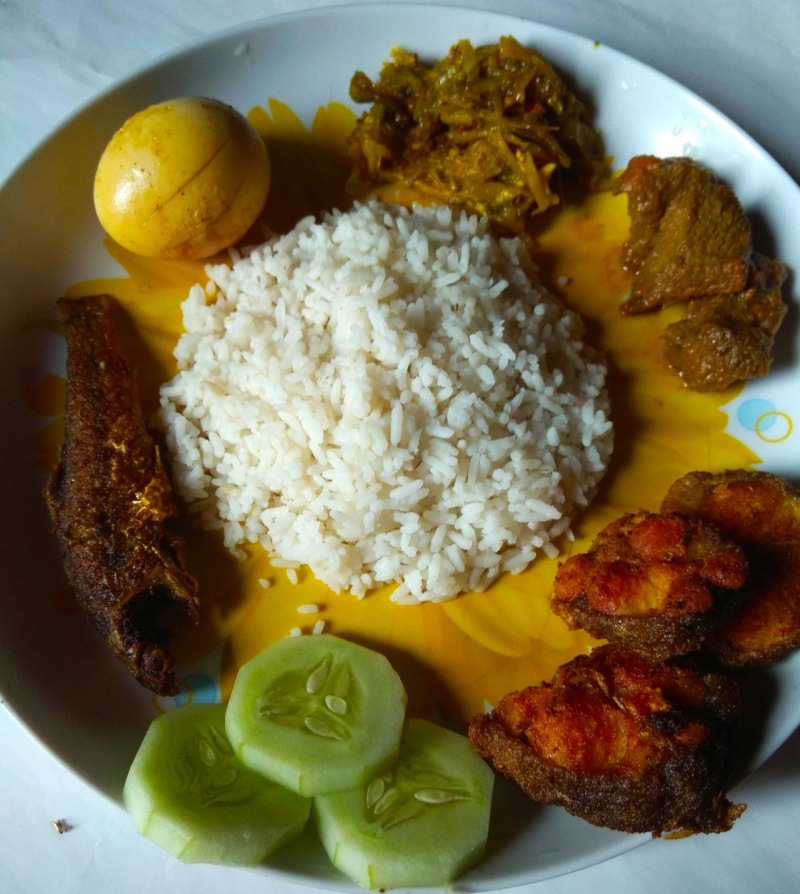
peakd.com 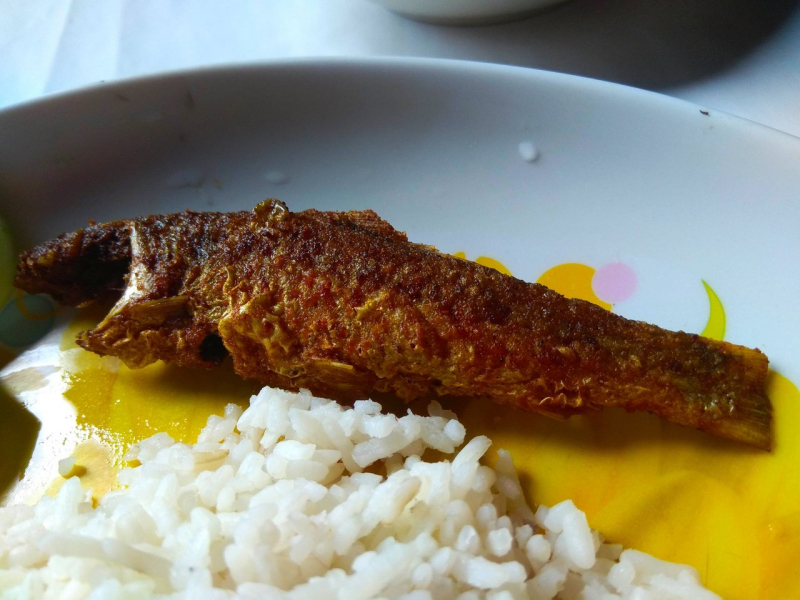
peakd.com














